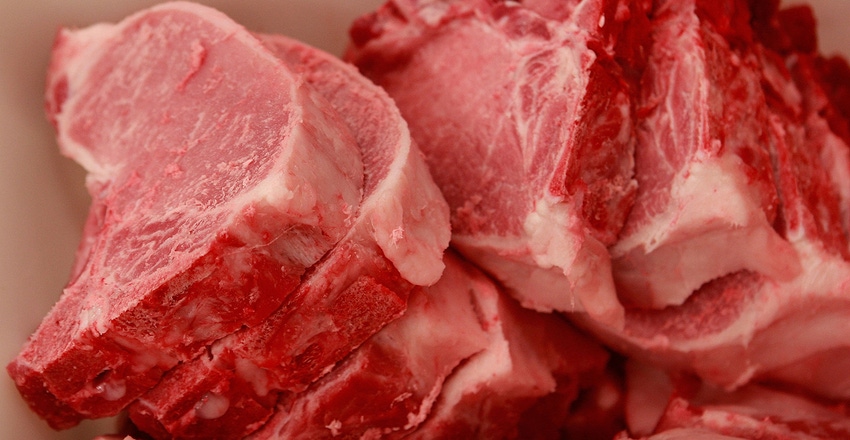Aging population needs a protein boost
We may need to look at ourselves, the aging population, as a market for pork consumption growth.

All too often people my age and older fall victim to blaming “kids these days” for a lot of the world’s problems, from what we consider a less-than-ideal work ethic, to the wussifyng of America, to the lack of communication skills brought on by “social” media.
One area that apparently we can only blame ourselves for is the lessened intake of protein in our diets.
Results of recent analysis of dietary habits, published in The Journal of Nutrition, Health & Aging, reveal that dietary protein intakes were lower in older age groups — 51-60 years, 61-70 years and 71 years and older — with 46% of the adults in the oldest category not meeting the recommended level of protein intake.
Researchers conclude that lower protein intakes, lower diet quality and physical functioning are all related in an aging population. Now, it’s common for us to reduce the amount that we eat as we age, and maybe related it’s also common that we start to lose muscle mass once we hit 50.
But, that’s no reason to give up. Research has shown that even after age 50, staying physically active and mixing in enough high-quality protein into our diets may help offset some of the muscle-loss spiral.
And what better way to add high-quality protein into your diet than to add protein-rich pork? Our aging population may have lingering memories of pork preparation when it was common to cook the pork to much higher temperatures than today’s recommended 145 F internal temp. The result was a cut of meat that maybe didn’t even resemble a cut of meat.
It was cooked beyond a desirable eating experience, and that may be hard to get over. With the recommended 145 internal temperature, and a three-minute rest, today’s pork cuts can be pink on the inside with juices flowing like crazy.
As I write this, I am preparing to attend the annual Pork Industry Forum, where I’m sure some of the discussions will turn toward more creative ways to get more pork onto more consumers’ plates. Many of these discussions in the past have leaned toward reaching out to the Millennials and the ever-changing ethnic groups in America. The aforementioned research shows that we may need to look at ourselves as a market for pork consumption growth.
I’m willing to do my part.
About the Author(s)
You May Also Like


